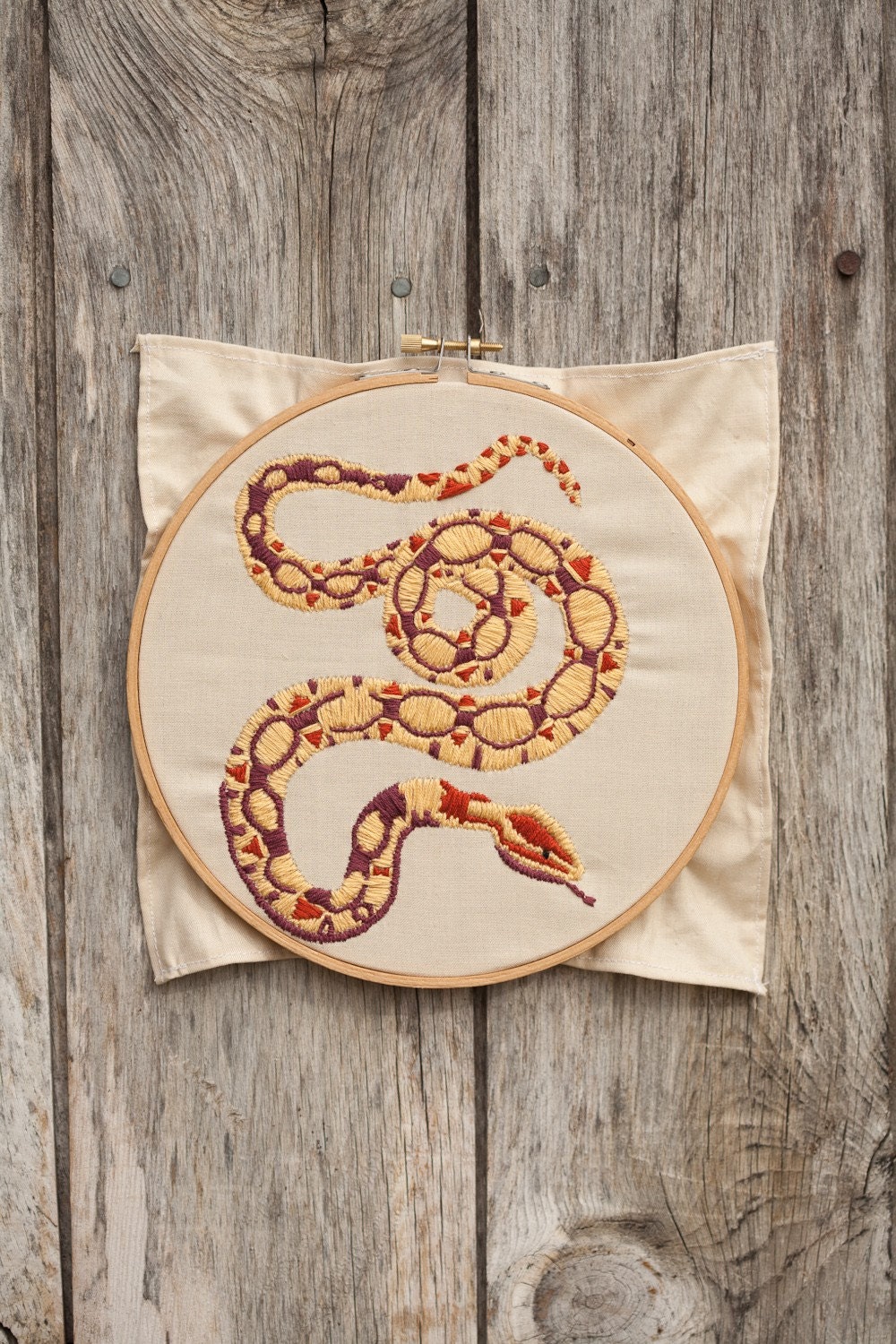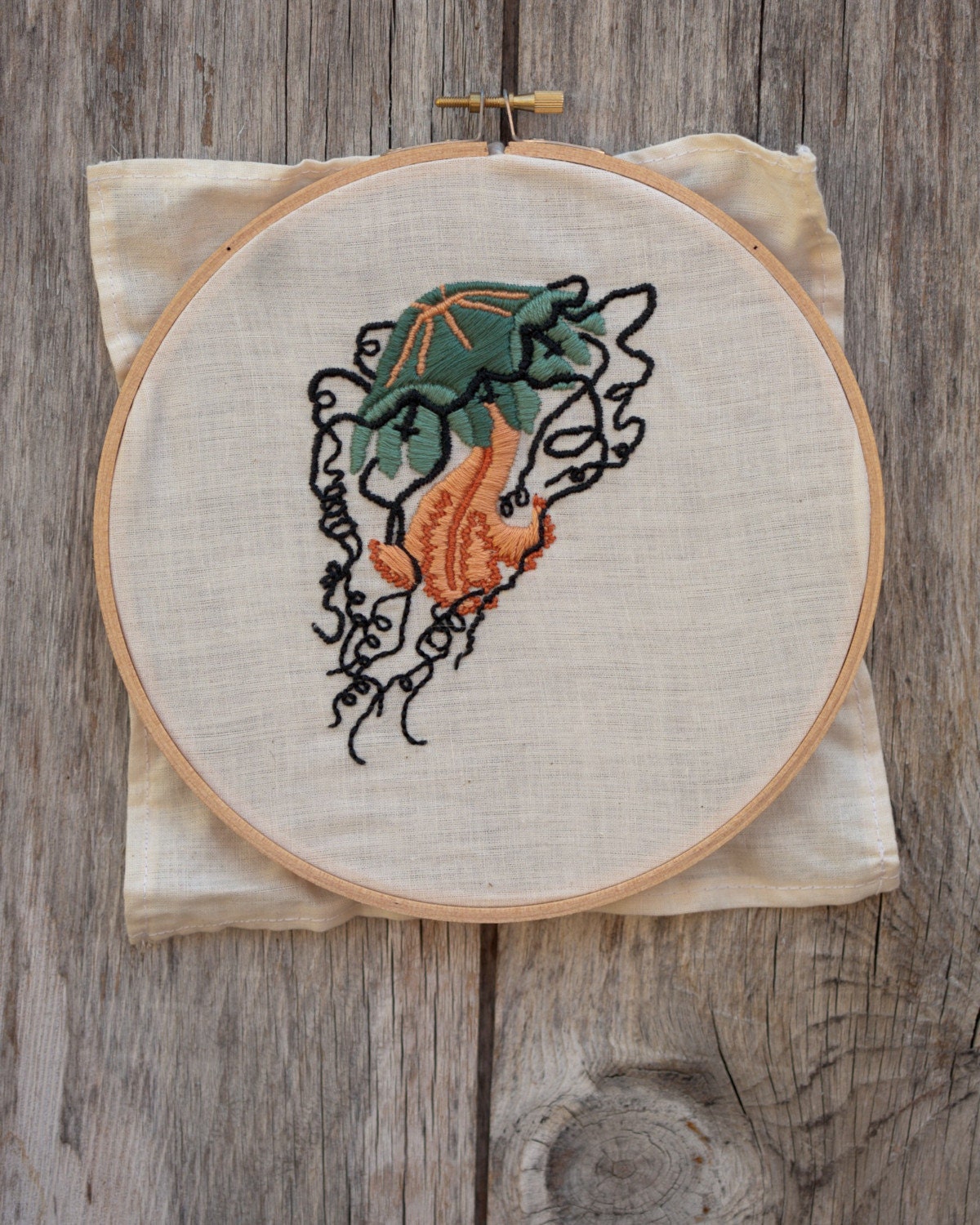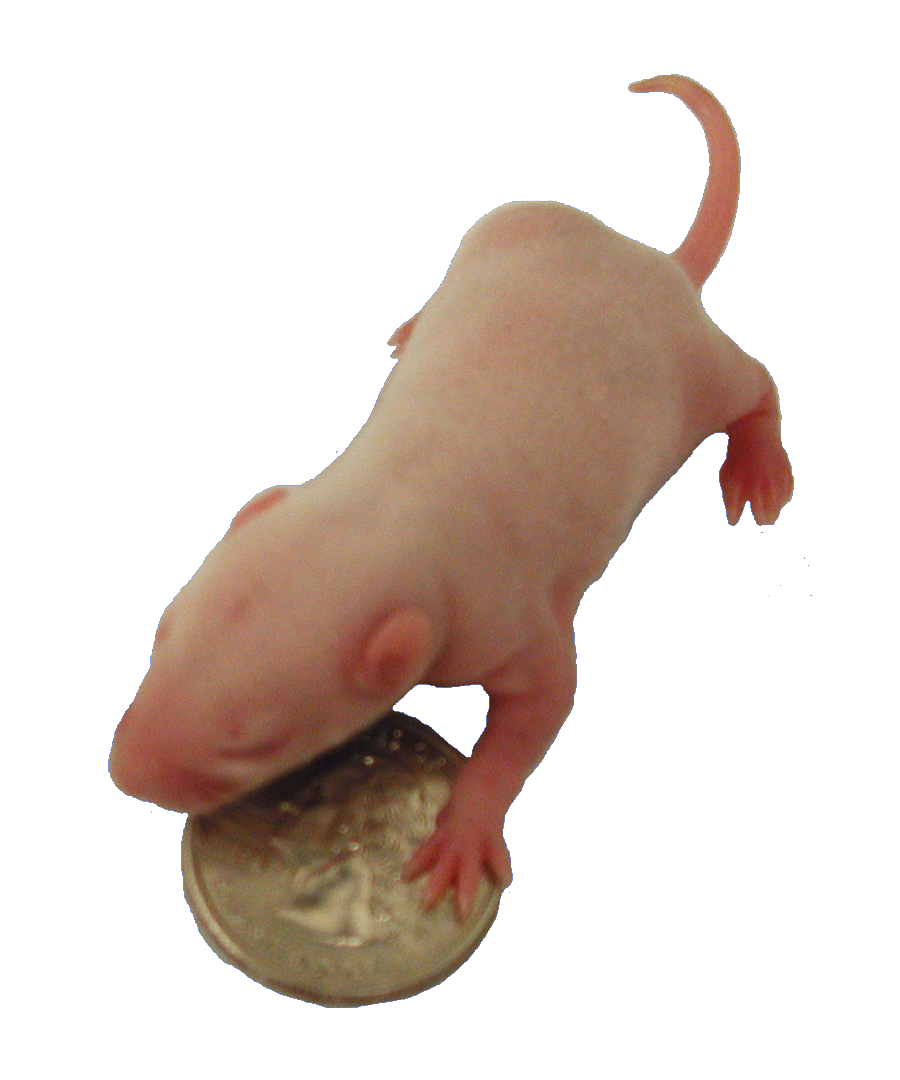
Credit ESO/P. Crowther/C.J. Evans
At an estimated 265 solar masses, R136a1 is the first star larger than 150 solar masses to have been found. Just to state the obvious, our sun is exactly one solar mass in size. This new behemoth is thus about 265 times as massive as our sun. And that’s just its mass now. Astronomers suspect that it was over 300 solar masses when it was ‘born’, but that its extremely high temperature (over 40,000 degrees) and powerful winds have steadily stripped away its mass.
I should point out that mass and size are two different measurements. The largest known star is VY Canis Majoris with a diameter about 2000 times that of our sun. However, it’s only about 20 solar masses. In other words, it’s a gigantic puffball of a star. In contrast, at 35 times the sun’s diameter, but close to 300 times the sun’s mass, R136a1 is more like a lead weight.
Like all exceptionally bright, massive stars, R136a1 is expected to blow through its life cycle relatively quickly. Unlike stars that are less than 150 solar masses, when it does go, astronomers expect R136a1 to completely blow apart, leaving no black hole or remnant behind.
There is a slight possibility that R136a1 is not a single star, but rather a binary star. However, even if that were the case, it’s likely that one of the stars in the pair would still be a record holder.



















